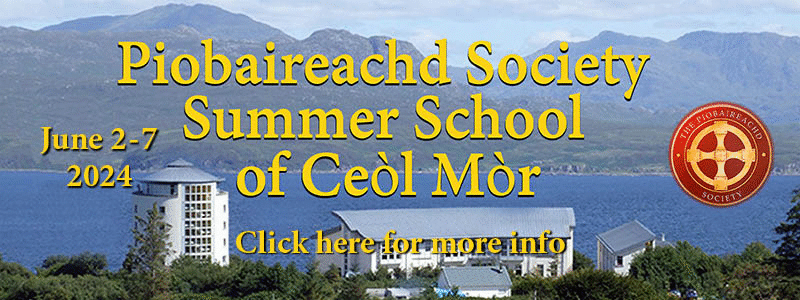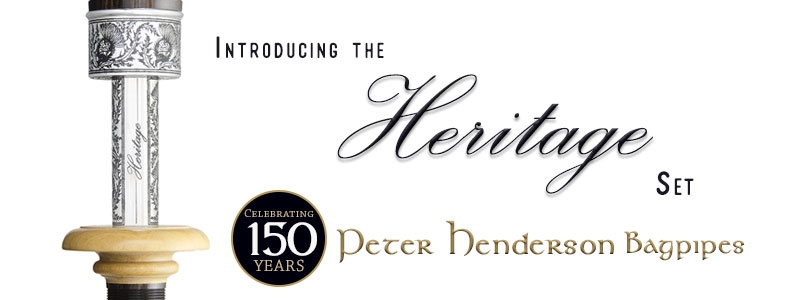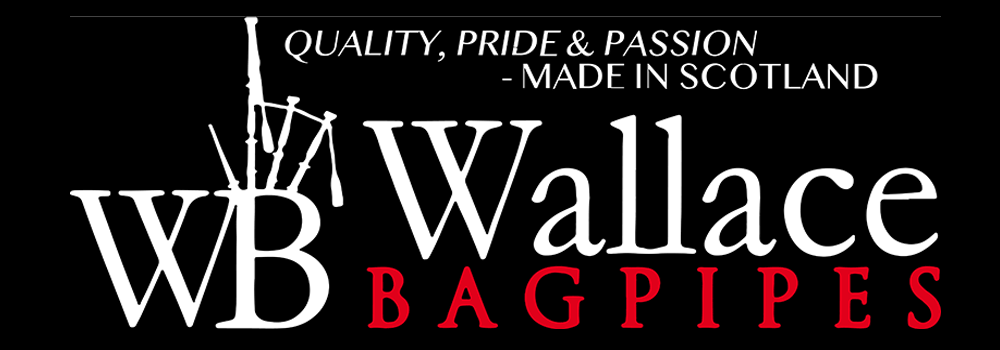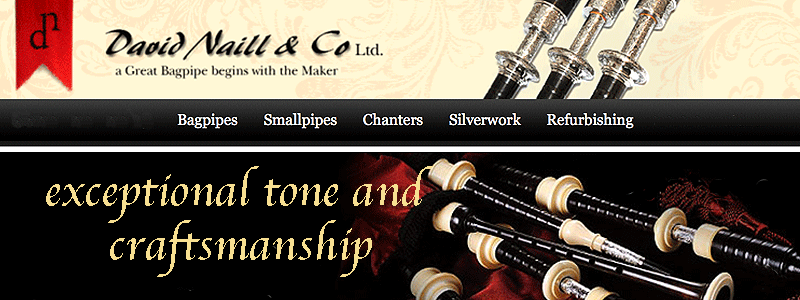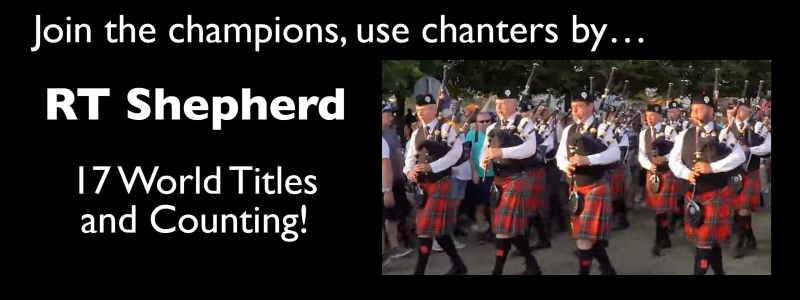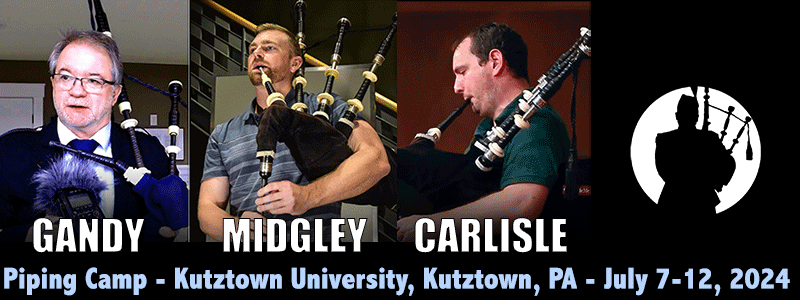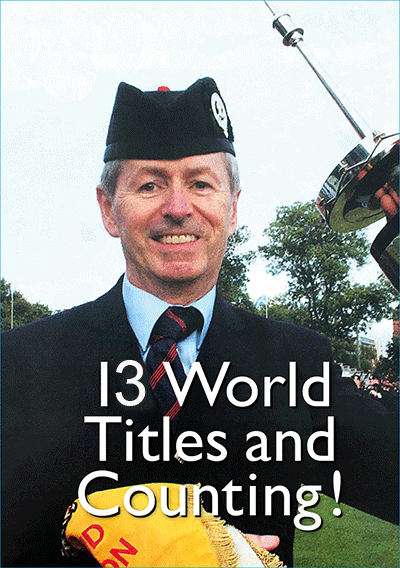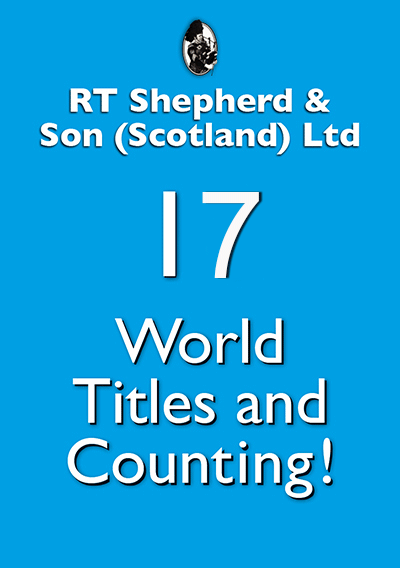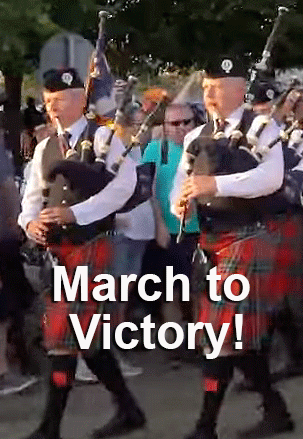We continue with the second excerpt from the lecture given at the Birnam Hotel, Perthshire, in March this year by Jonathan Gillespie (pictured below).
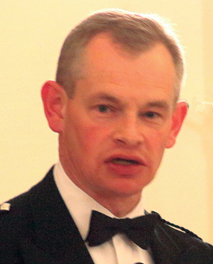 In the early 1980s James had been one of a handful of Fellows who, each for their own good reasons, had been inclined against the admission of women to Pembroke. But no sooner had they arrived (in 1983) that they found in him a wonderfully well-informed and appreciative follower of their progress. When, after close to a quarter-century on X staircase, he had on his retirement moved over the wall to 3 Cosin Court, he would on his morning rounds in College – always taking in the lodge and the linen room – drop off little postcards, in a hand unchanged from the minute-book entries of the 1930s, that summoned those he knew (still more than half the College) and their friends, in rotation, to drinks on Saturdays.
In the early 1980s James had been one of a handful of Fellows who, each for their own good reasons, had been inclined against the admission of women to Pembroke. But no sooner had they arrived (in 1983) that they found in him a wonderfully well-informed and appreciative follower of their progress. When, after close to a quarter-century on X staircase, he had on his retirement moved over the wall to 3 Cosin Court, he would on his morning rounds in College – always taking in the lodge and the linen room – drop off little postcards, in a hand unchanged from the minute-book entries of the 1930s, that summoned those he knew (still more than half the College) and their friends, in rotation, to drinks on Saturdays.
In the Lents and in the Mays (rowing races, to translate the Cambridge vernacular!) James’ station, four afternoons in a row from last to first division, was on a folding chair in the Long Reach – the chair conveyed there on the back of his bicycle. At the Christmas staff party, as at the London dinners of the Pembroke Society, he would effect his circle round the room to be sure to see as many as possible. A lifelong Arsenal supporter, on Saturday afternoons in the vacation he would listen to the match on a small wireless, with the Fellows’ television sound off, and the picture blurred into blues and greens because the remote control had been trodden on by an irate lawyer (needless to say, not James) during the 1974 election.
One of his former pupils at Pembroke recalled in The Times in January 2004 of the time when, as a law undergraduate shivering, in thin denim, through the college courtyards, he encountered James who asked with some disbelief whether he had nothing warmer to wear. He did not, and so James gave him one of his tweed overcoats which he treasured thereafter.
He relates another apocryphal tale of some hapless undergraduate staggering out of one of James’ ‘at home’ parties, empty glass in hand, and collapsing down the stairs in an unconscious heap at the bottom. Alerted by the commotion James appeared at the head of the stairs and peered down owlishly at the debris. He disappeared again and having emerged with a decanter, cantilevered himself carefully down the stairs, and refilled the empty, but still upright, glass before returning to the party.
Although James was very much a Cambridge man, and particularly a Pembroke College man, a hugely popular don, steeped in its ways and traditions and people, he was also clearly proud of his family’s roots in Argyll. The Campbells of Kilberry apparently go back to the earliest of the Argylls in the 13th century. There was always an even greater sparkle in James’ eye when speaking of Kilberry. I noticed a similar sparkle when, having been summoned to play at a Campbell family wedding, I moved as instructed from Highland Wedding into The Campbells are Coming! He relished a particular connection with certain Argyll tunes, and most particularly the tune we are to hear next, recounting the site of the eponymous grave, just a few miles down the road from Kilberry.
[easyrotator]erc_75_1413484305[/easyrotator]Our second piper this evening is Dr Jack Taylor, and his first tune is Lachlan MacNeill Campbell of Kintarbert’s Fancy, following which we shall have the opportunity to enjoy some welcome refreshment. Incidentally, I thought you might enjoy another reference to this tune from a letter James wrote to me in June 2002. He writes: ‘Many thanks for sending the enclosed tape. I got wind of the intended broadcast from Kilberry and was able to feed my nephew with some information (he knows nothing about pipers or piping) and I was hoping that you would be able to tape the broadcast. Robert Wallace is defective in his knowledge of geography (apparently the location of Kilberry was inaccurately described!) but he is a fine player of ceol mor and his playing of the ground of Lachlan MacNeill Campbell’s Fancy was a class ahead of anything else on these tapes.’ So bottom of geography class Robert! But you can stay in the top class for piobaireachd … now over to Jack.
My Memories
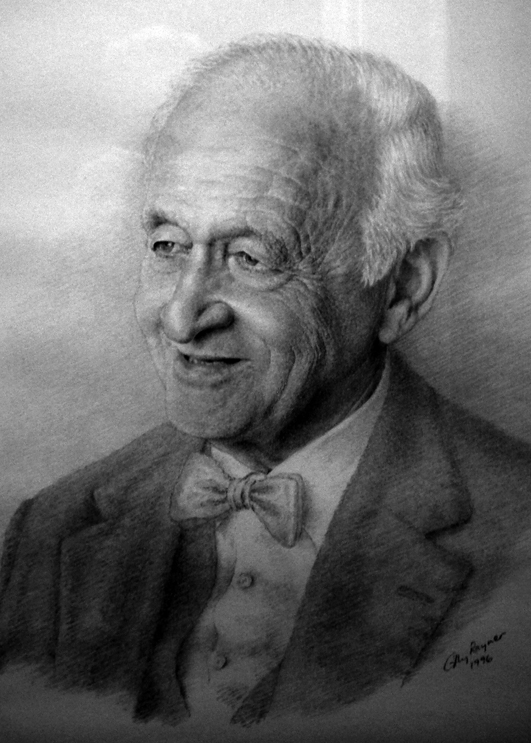
It was in 1986 as an undergraduate that I was first introduced to James at a dinner hosted by good friends, Ron and Susan Nedderman. Inevitably a tune was called for later in the evening. I thought that I played Salute to Donald pretty well, but how much better it was after a couple of sessions with James. He did not have regular pupils as such, but he generously took me under his wing thereafter, and for the next ten years or so many a fascinating afternoon was spent in his little flat off Trumpington Street, behind Pembroke College, going through tune after tune. Silver Medal tunes to begin with, then, when he thought me ready, the big tunes and those set for the Gold Medal. Playing was always on a practice goose as space and near neighbours did not permit the full pipe. James in his armchair would often seem to have drifted off to sleep, but anything wayward would elicit clear hand signals to help get the tune back on the rails. Even when I thought the tune went well, the clarity of his critique left no doubt that his concentration on the playing had been total. This written comment on my tape recording of The Battle of Waternish is typical of his teaching: ‘I think you are quite right to aim at a slight shading of the cadence Es and the following low notes in the Ground. But on this principle might there be a bit more to the low A in bar 2? These things need thinking out. You (rightly, I reckon) give a bit more to the low G in bar 3 than to the low G in bar 4 and a corresponding shortening and lengthening of the pre-cadence Es. This is the sort of subtle point that a mature player works out for himself. You can’t lay down a firm rule. This ‘working out’ process is well detectable in your playing, and well illustrated in your handling of Var 2 of the Battle of Auldearn.’
And we would continue hour after hour, fortified in the latter part of the afternoon by a generous spread for tea and discussion of all sorts of important topics, not the least the current fortunes of his beloved Arsenal football team. He was fascinated by developments in pipe bags and reeds – he was a happy convert to the Canmore bag and Ezeedrone reeds.
It is remarkable that many Pembroke College men and women whom I have met, who knew James as a teaching fellow, tutor and supporter of college sport, are completely unaware of his passion for, and expert knowledge of, piobaireachd.
James had clearly inherited what he described in his Preface to the ‘Side Lights on the Kilberry Book’ as his father’s ‘lifelong distaste for seeking to dogmatize’. In introducing a tune he would expound not only his own way of playing the tune, but many of the other possible interpretations. His was the exemplary teaching technique – explain the ‘dos’ and the ‘don’ts’ and then allow the pupil to develop his interpretation within those limits. That said, James was clear that a certain dogmatism on all points is appropriate with the teaching of beginners, it being of no help to a beginner to be treated to an erudite discourse on different ways of playing the tune under investigation: he will find out all that for himself later on. James was very firm on the importance of being able to ‘put a tune together’ with controlled changes between the variations and of getting the short notes just the right length (and certainly never cut away to nothing!). This was a constant theme of James’ critique of my playing. James believed that the neglect of the art of putting a tune together may have been caused by the treatment of tunes in broadcasts in which often only snatches are put out. James saw this as understandable due to the time factor but felt it encouraged relegation of the later variations to mere mechanical appendages to what had gone before.[easyrotator]erc_14_1414056032[/easyrotator]
James is on record that he had only one teacher in piobaireachd – his father – and it was by him that he was schooled in the precepts and principles recorded in ‘Side Lights’ and stemming principally from the teaching of Sandy Cameron in 1911. This is an interesting point: James was clear in referring to his teaching as ‘1911 Cameron’ as he did not deny the possibility that Cameron may, at different times, have taught different things on points of detail. He thought that there were a lot of minor inconsistencies in the teaching of the 19th century masters and that it was certainly present in abundance in the teaching of John MacDonald. James went further, hazarding a two-fold classification. There are those, he stated, who adhere to the precise teaching which they have received from a master player without an iota of deviation, and there are those who adhere to the basic principles so received but feel themselves at liberty to experiment with minor deviations either of their own invention or taken from other sources. James placed John MacDonald in this second category, his main teachers having been Cameron-based, coming from Donald Cameron’s sons and from Malcolm Macpherson who, in spite of much lore to the contrary, was heavily influenced by his association in Greenock with Alexander Cameron senior. But there were, according to James, other strands in John MacDonald’s make-up, and his great legacy James saw as being an individual sub-style stemming from various traditional sources which, fortunately, survive to this day through the teaching of the Balmoral pipers, both of whom James placed in his first category.
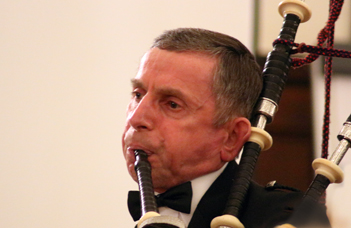
In writing about his great friendship with Andrew McNeill, James makes interesting further comments about idols and instructors. Andrew’s was Robert Reid and as Andrew had not himself been in the competition swim, as James put it, he had never encountered a temptation to trim his sails to any judicial winds. McNeill was therefore to Reid, James claimed, as his father was to Sandy Cameron, as General Richardson and Sheriff Grant were to John MacDonald and David Ross (a close associate of James’ through the Scottish Piping Society of London) was to Willie MacLean. James saw none of these devotees as hidebound in the sense of being disrespectful of alternative preferences and you would not find them labelling as ‘wrong’ an alternative depiction, either in writing or in playing, which happened to deviate from what they had been taught. James reckoned that there was, and had been, too much wrangling among pipers over minor points of preference. James considered the myth of a Cameron/Macpherson disjunction typified in the teachings of MacDougall Gillies and John MacDonald to be probably too deeply enshrined in some quarters to be expunged, but it was his hope that his interview in The Voice would be effective in casting some discredit on it.
In his Editor’s Preface to the ‘Side Lights’ James wrote: ‘Disagreements may exist on questions of style, but personally I have never had any great zest for such disputes. I believe that enough of the MacCrimmon tradition descended to John MacKay to ensure that what has radiated from him involves no violation of first principles. I also believe that one can pursue too far the mirage of continuity. Principles persist, but within their framework individual styles are developed. A devoted disciple is not necessarily a precise imitator. And I venture to doubt if John MacDonald played everything ‘as he got it’ from various Camerons and Macphersons; if MacDougall Gillies played everything ‘as he got it’ from Sandy or Keith Cameron; if Robert Reid played everything ‘as he got it’ from MacDougall Gillies; if Sandy Cameron played everything ‘as he got it’ from Donald Cameron. What is here published is not put forward as a guide to what is ‘right’ or ‘wrong’. Its value lies in its stamp of authenticity as a record of what was taught by particular people at particular moments of time at the beginning of this century. And such value is not lessened by the reflection that other people, and indeed the same people, may have taught differently at other times.’
To be continued

